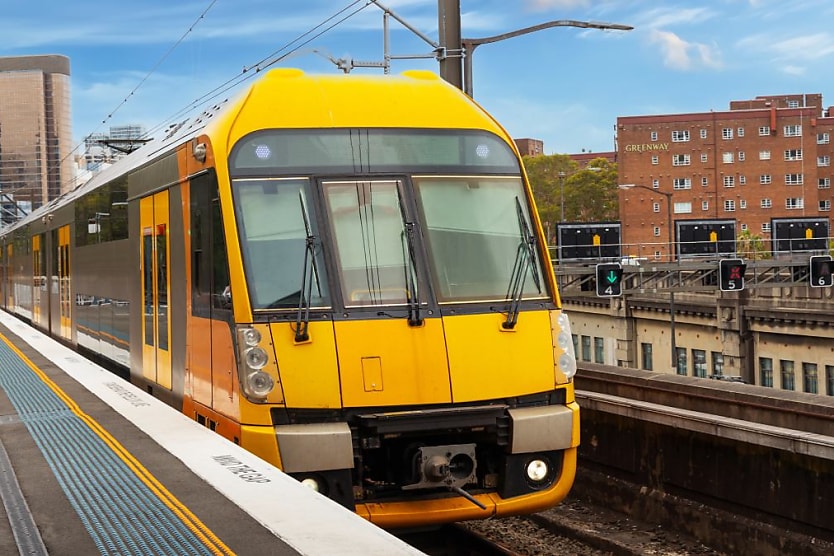Workers want flexibility or a shorter commute, research says
SHARE THIS ARTICLE

Issues such as time and money costs and the travel experience are forcing workers to reconsider their housing and job options; these employees are looking for more affordable and easier ways to get to work, new research has found.
For its report, Real Commute 2025, Real Insurance surveyed over 5,000 Australian commuters. It found that the average work commute is 10 minutes longer compared to 2022, at 64 minutes this year, and the daily distance travelled to work increased from 32 kilometres in 2022 to 37 kilometres this year.
Commuting attitudes
Flexibility was a key priority in this year’s report. Almost two in three (64 per cent) respondents who were hybrid workers said they would consider switching jobs if their organisation mandated a full return-to-office policy. “Giving people flexibility isn’t just about productivity, it’s about equity. It helps level the playing field for those who can’t afford to live close to the city but still need access to urban jobs and services,” said University of Melbourne transport planning academic, Dr Páraic Carroll.
It also unveiled that nearly three in 10 respondents (28 per cent) said they now prefer to work from home more often. Sixty-six per cent of hybrid workers said they would be concerned about the costs if they were forced to return to the office full-time. Additionally, one in four (25 per cent) reported that they try to avoid peak commuting times, while one in five (21 per cent) said they feel less comfortable using public transport, the findings revealed.
Aussies who go to the office three days a week spend nearly 21 working days worth of their year, travelling to and from work. However, the national average daily transportation spend this year is $19.10, a slight drop from the national average in 2022 of $19.90. This is due to state public transport initiatives and a dip in petrol prices since their 2022 peak. Despite these incentives, over seven in 10 Aussies (71 per cent) said financial pressures change the way they travel to work, and nearly two in three (62 per cent) complained about the cost of commuting.
These pressures weigh on workers’ willingness to travel long distances to work. This year, respondents said they could tolerate up to 91 minutes of daily travel to and from work, before considering switching jobs or moving houses (up from 62 minutes in 2022).
Going to work
This year, private vehicles have remained the most popular mode of transport for the work commute since 2022, with nearly two in three (64 per cent) Aussie commuters turning to the wheel to get to work this year, the report found. These same commuters feel the sting of annual vehicle running costs – the research revealed that costs have risen from $2,015 in 2022 to $2,298 this year. Carroll said: “What we’re seeing is not lifestyle choice but forced car ownership, a symptom of transport disadvantage that’s deepening under the current cost-of-living crisis.”
Carroll said outer-urban areas have lower access to public transport, which has led them to depend on private vehicles, which tend to be more expensive than other commute options. To manage these costs, drivers try to search for the cheapest fuel available, avoid toll roads, or others embrace multi-modal journeys.
Journey satisfaction for drivers going to work faced impacts from various factors, said the data. Traffic congestion was the most reported factor for dissatisfaction (59 per cent), followed by inconsiderate (51 per cent) or aggressive (49 per cent) drivers. “For people living on the fringe, long, stressful commutes are more than an inconvenience; they’re a daily drain on wellbeing. The mental toll is often invisible, but it intensifies social isolation and fatigue,” Carroll said. According to its findings, 65 per cent of Aussie workers said the work commute influenced their housing decisions, and 58 per cent said it has already shaped where they have settled.
Its findings also revealed that train usage has increased from 21 per cent in 2022 to 30 per cent this year. State initiatives have caused the daily out-of-pocket costs of public transport to drop. These include 50¢ fairs in Queensland, half-price fairs in Tasmania, capped costs in Western Australia, and fare-free Fridays in the ACT, Real Insurance said. “Hybrid and flexible work are now lifelines for outer-urban workers. Without them, many simply couldn’t sustain the time and cost of daily travel,” Carroll said.
Carlos Tse
Carlos Tse is a graduate journalist writing for Accountants Daily, HR Leader, Lawyers Weekly.

